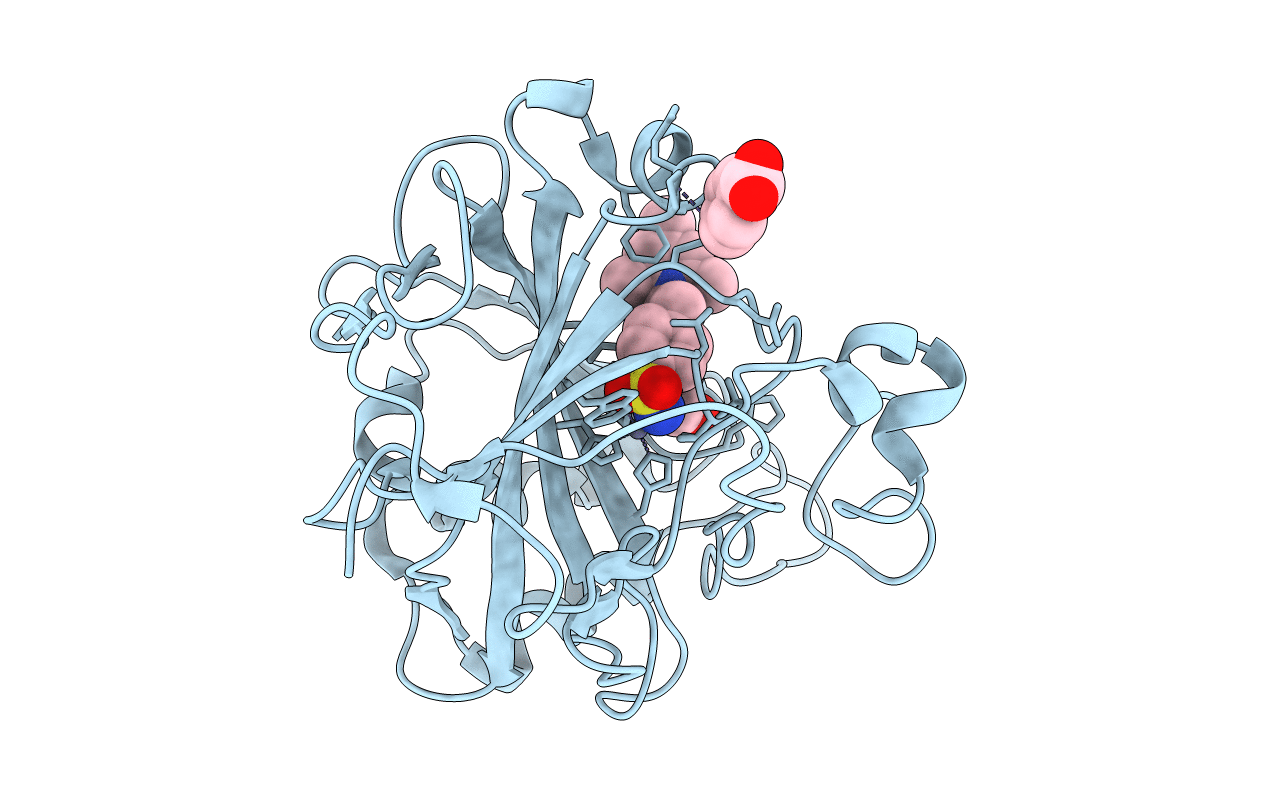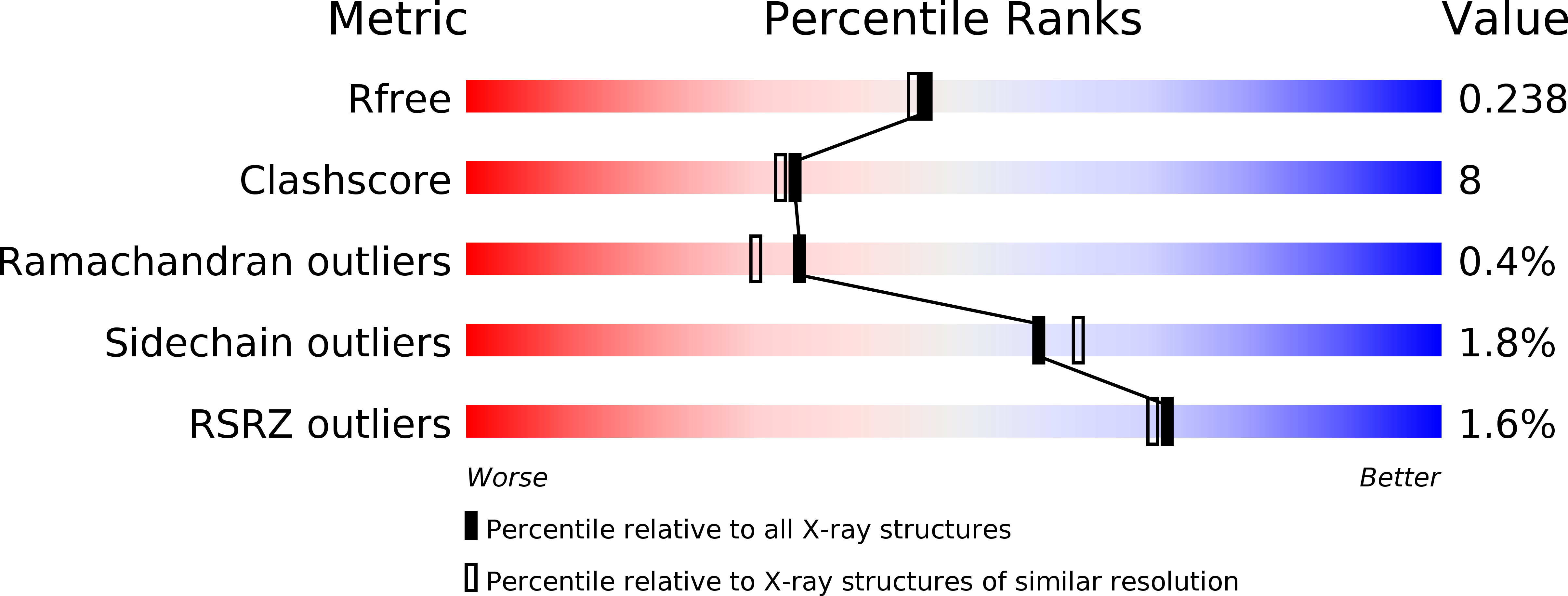
Deposition Date
2005-04-18
Release Date
2005-10-18
Last Version Date
2024-03-13
Entry Detail
PDB ID:
1ZE8
Keywords:
Title:
Carbonic anhydrase II in complex with a membrane-impermeant sulfonamide inhibitor
Biological Source:
Source Organism:
Homo sapiens (Taxon ID: 9606)
Host Organism:
Method Details:
Experimental Method:
Resolution:
2.00 Å
R-Value Free:
0.25
R-Value Work:
0.20
R-Value Observed:
0.22
Space Group:
P 1 21 1


